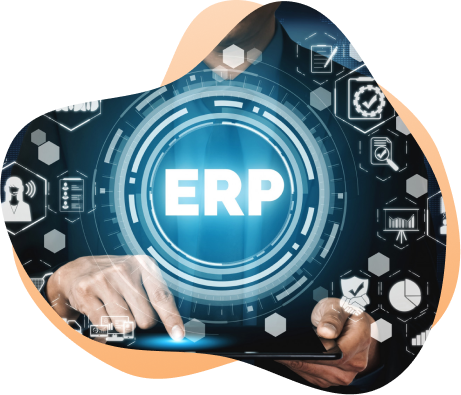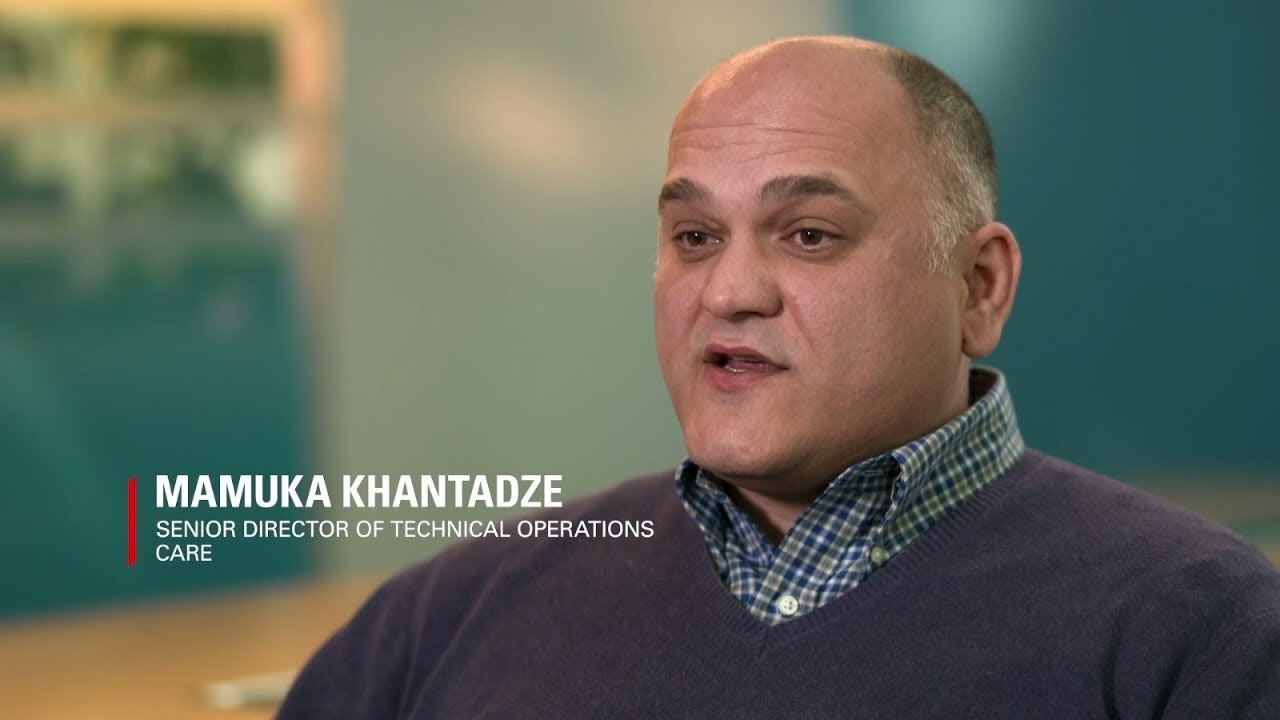Oracle Cloud
Journey To The Cloud Migration
From Simple Use Cases Like Storage and Backup to Mission-Critical Workloads, Chatbots, Analytics and More
Cloud Services
Are you looking for help with cloud?
We have services for every phase of your cloud journey.

Cloud Advisory
Build Your On-Ramp To Cloud
Master the use of Oracle based cloud-services right from understanding its functionalities to integrating them with your organizartional workflow.

Cloud Migration
Lift and Shift, Move and Improve, Transform, Optimize
Get seamless, bespoke and meticulous cloud migration services from your existing platform to the serve of your desire.

Cloud Managed
Predictable, Reliable, Flexible, Performant
Blend in your personal preferences design a desired platform and applications with incredible infrastructure for a great user experience.

Cloud Integration
Integrate From Anywhere to Anything on Cloud
Unleash the immense capabilities of Oracle Integration by utilizing them to integrate data and applications in cloud-based, Saas and on-premise servers.

Data Center Exit
with large scale migration to OCI
Also called Data Center Exit, we at Astute Business Solutions believe that this approach to cloud adoption will bring you the greatest savings and return on investment.

Cloud Assessment
Workshop tailored to your needs
Get to know how the cloud will be a perfect fit for your organizational needs from professionals of cloud migration from Astute.

Fast ERP Migration
Swift and seamless migration
Leverage the extended functionalities of OCI by migrating swiftly in just 10 business days. Astute offers a seamless, secure, and safe migration of your ERP workloads to OCI.
The Astute Way
Customer-Driven Innovation, Collaborative Success,Adaptive Excellence
Our approach embodies a synergistic fusion of expertise, agility, and commitment, forging sustainable business transformations.
Customer-Centric Focus
Astute works with a customer-centric approach right from the stage of communicating clients’ requirements to developing business solutions as per their preferences.
Collaboration and Communication
We believe in the analogy of ‘Teamwork leads to dream work’ and embrace clear communication and collaboration with both clients and team members to achieve our desired objective.
Resourceful Solutions
We develop value-adding customized solutions by making the optimum use of resources available that helps our clients stay competitive in this cut-throat era of digital competition.
Continuous Improvement
We keep up with the evolving trends of the tech industry and timely modify our workflows by integrating or replacing with the tools and technologies newly introduced in the market.
.png)
.png)
.png)


.jpg?width=200&height=200&name=1516890244180%20(1).jpg)
Testimonial
What Our Customers Are Saying
.png)
.png)
.png)


.jpg?width=200&height=200&name=1516890244180%20(1).jpg)
Transformed Our AP Function
"At Peralta Community College District, the implementation and enhancement of the Astute system has been a transformative step in modernizing our Accounts Payable (AP) operations. This innovation has significantly improved the way we manage financial workflows—making them more efficient, accurate, and transparent.
The Astute system empowers our AP team to focus less on routine tasks and more on strategic work that adds value to the institution. It reflects Peralta’s commitment to innovation, fiscal responsibility, and continuous improvement in service to our colleges and community."
Dave Vigo
- Financial Lead, Peralta CCD
Gain Peace of the Mind with OCI
“We found Astute as one of the strongest companies that not only deals with one of the projects but the somebody who works alongside us during the journey to overcome the hurdles of the project, as well as gives us the technical advice, educates us in the process, and the one whom we can rely on in this process. We have implemented the PeopleSoft Application to the Cloud solution and Astute’s Managed Services. And we continue to modernize our application with Oracle Cloud services.”
Mamuka Khantadze
- Senior Director of Technical Operations, CARE
Seamless Migration to Oracle with No Impact on End Users
“One of the biggest challenges that we were facing was the end of life on a number of servers in our Data Center, and we no longer have to provide hardware solutions as we are a leading provider of Pawn services. Transitioning into Oracle in this critical situation helped us resolve this challenge, especially our PeopleSoft applications into the Cloud, which was a great win as it was a seamless migration with no impact on end users."
Darren McDaniel
- Senior Director, Application Development, EZCORP
Utilizing Cloud Infrastructure for Right-Sizing
“In less time, we moved our finance systems from Oracle EBS to Oracle Cloud, student information to Education Cloud Infrastructure, building and maintenance services, and Amazon Web Services. Now, we are moving our PeopleSoft systems into Oracle Cloud Infrastructure. One of the reasons for Cloud Migration is that updates happen over time and gradually. Meanwhile, patches had become easy to implement and adapt.”
Rob Dickson
- Chief Information Officer, Information Services & Technology, Wichita Public Officer
Why Choose Astute?
Exceptional Service through Commitment and Skill
Providing All-inclusive Cloud Services through Sector-specific Knowledge, Collaborative Alliances, and Emphasis on Client Happiness and Cutting-edge Approaches.
Comprehensive Solutions
We provide cloud strategy, architecture, migration, implementation, and ongoing support.
Industry Expertise
Expect industry-rich knowledge and niche-relevant experience.
Strategic Partnership
Serving Incredible business solutions globally in partnership with Oracle.
Customer Satisfaction
Delighting clients with our technical skills and providing support wherever required.
Innovation and Adaptability
Empowering our clients with innovative and user-friendly technical solutions.